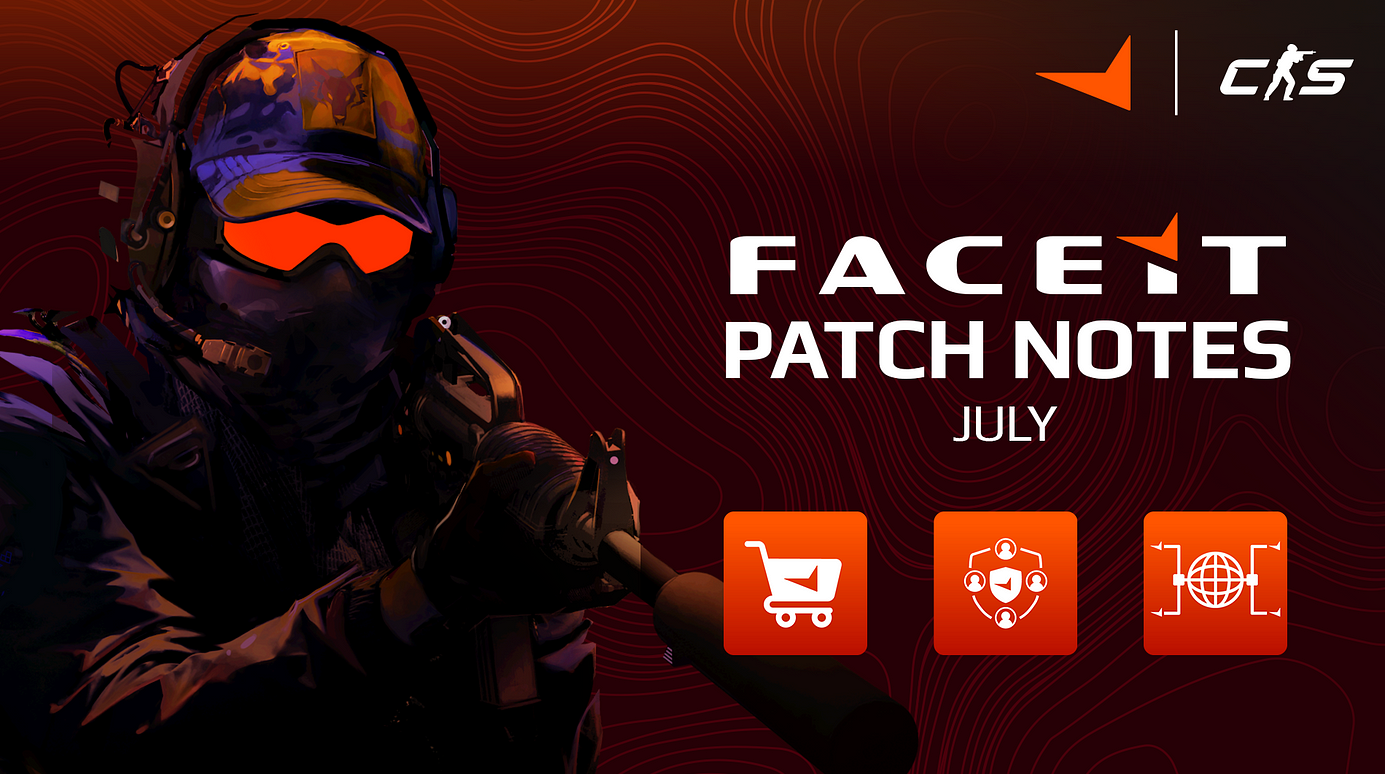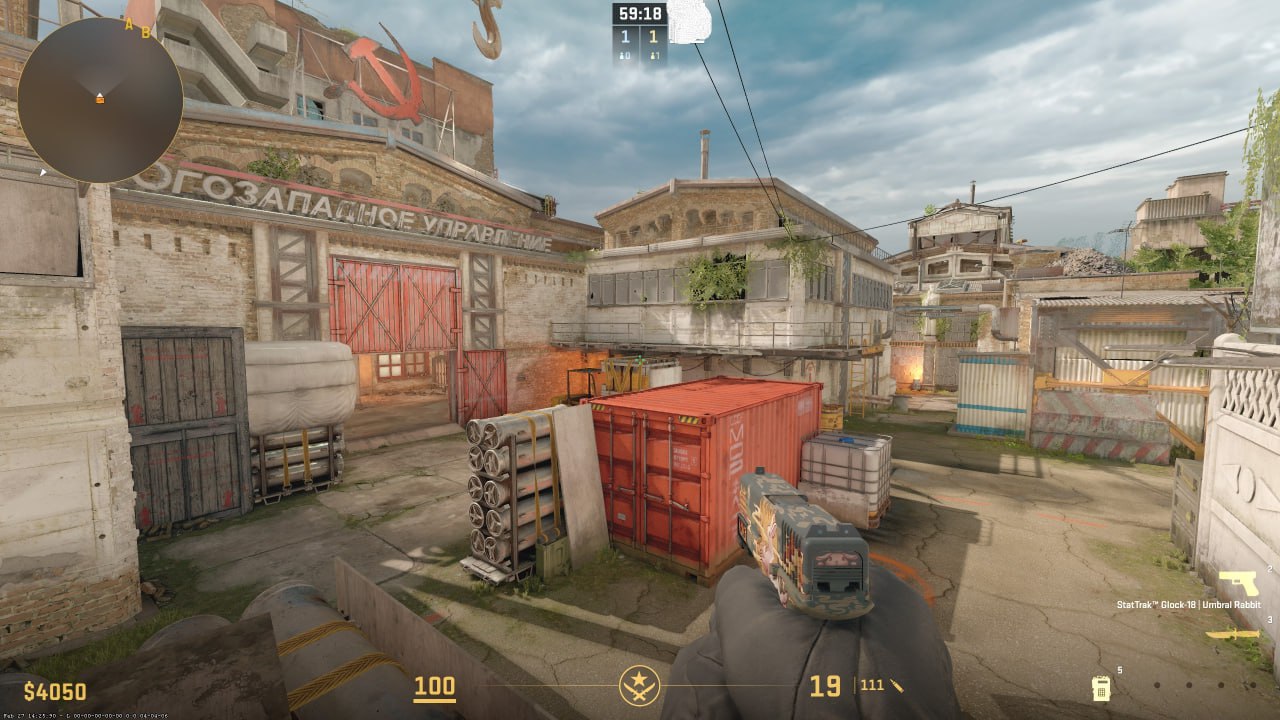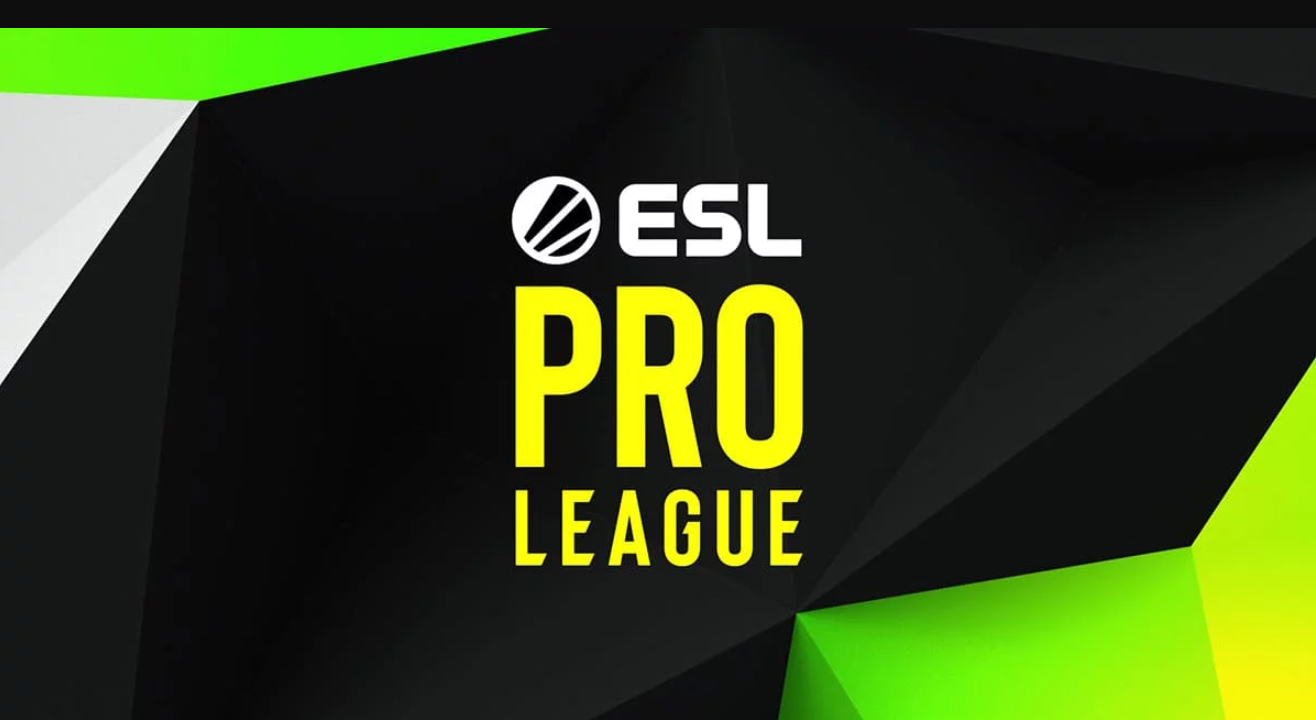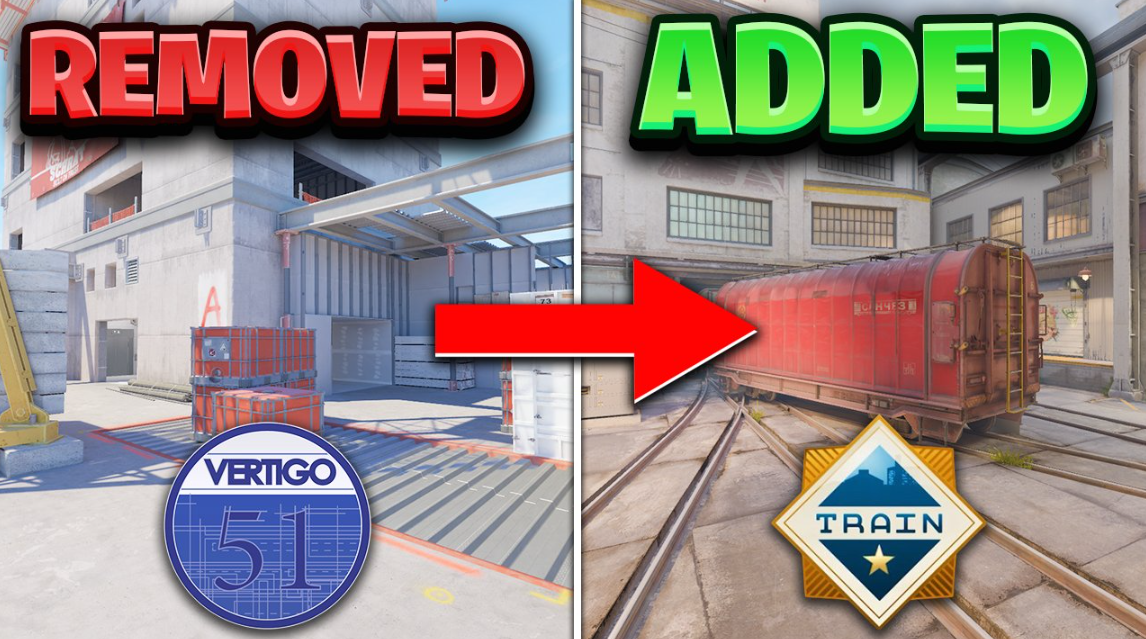
Recently, the gaming community has been abuzz with the discovery of a new feature on Razer keyboards called “Snap Tap.” This innovative functionality, when combined with a specific configuration file, enables users to perform “perfect strafes” – a highly coveted technique in certain games that involves precise, fluid lateral movement. The process of unlocking this capability involves creating a custom configuration file with particular settings that unleash the full potential of the “Snap Tap” feature. This newfound ability has generated significant excitement among players who are always seeking to optimize their in-game movement and mechanics, as perfect strafing can provide a crucial edge in high-intensity gameplay. Mastering the art of perfect strafing has long been a challenge for many gamers, requiring hours of practice and fine-tuned reflexes. However, the discovery of this Razer keyboard feature has opened up new possibilities, allowing players to achieve a level of movement precision that was previously extremely difficult to attain.
The community has been quick to share information and tutorials on how to set up the necessary configuration file to take advantage of the “Snap Tap” feature. Enthusiasts have been experimenting with various settings, testing the limits of what is possible and pushing the boundaries of in-game movement mechanics. Beyond the immediate benefits of improved strafing, this discovery has also sparked broader discussions within the gaming community. Some players have speculated that the “Snap Tap” feature could have applications beyond just strafing, potentially unlocking new strategies and playstyles in a wide range of games. As the news of this Razer keyboard feature spreads, it is likely that we will see a surge of players exploring and refining their use of the “Snap Tap” functionality. The potential impact on the competitive gaming landscape could be significant, as those who can effectively leverage this capability may gain a distinct advantage over their opponents. Overall, the discovery of the “Snap Tap” feature and its application to perfect strafing has generated a great deal of excitement and interest among the gaming community. As players continue to experiment and push the boundaries of what is possible, it will be fascinating to see how this innovation shapes the future of competitive gaming.
The Rise and Controversy of the “Snap Tap” Feature in CS2
The “Snap Tap” feature on Razer Huntsman v3 keyboards has been generating a lot of buzz in the gaming community, particularly within the Counter-Strike 2 scene. Introduced on July 9th, this innovative functionality quickly gained popularity as it offered players a slight but potentially impactful advantage in their gameplay. The core of the “Snap Tap” feature lies in its ability to enable smooth and immediate strafing movements. In the fast-paced world of CS2, where split-second decisions and precise positioning can mean the difference between victory and defeat, this capability can provide players with a crucial edge when engaging opponents. The mechanics behind the “Snap Tap” feature are quite straightforward. By creating a specific configuration file with certain key bindings, users can unlock the full potential of this functionality, allowing them to execute flawless strafing maneuvers with ease. This level of movement precision has long been a coveted skill among CS2 players, often requiring hours of practice and fine-tuned reflexes to achieve. The discovery of this Razer keyboard feature has generated significant excitement within the CS2 community, as players have been quick to share information and tutorials on how to set up the necessary configuration file. Enthusiasts have been experimenting with various settings, testing the limits of what is possible and pushing the boundaries of in-game movement mechanics. However, the use of the “Snap Tap” feature has also sparked some controversy within the competitive landscape. ESEA, a leading platform for professional CS2 tournaments, has reportedly banned the use of binds that enable this functionality. Similarly, the major tournament organizer ESL has taken a stance against it, acknowledging the potential inconsistencies it may introduce into the competitive scene. The response from these tournament organizers is understandable, as the introduction of new technologies and features that can provide a tangible advantage to players raises concerns about fairness and parity. The fear is that the “Snap Tap” feature could create an uneven playing field, with some players having access to a tool that others do not.
Interestingly, Razer had taken a proactive approach before the release of this feature, contacting tournament organizers to secure approval for its introduction. This move from the company is likely an attempt to ensure a smooth integration of the “Snap Tap” functionality into the competitive landscape. However, the subsequent bans from ESEA and ESL have created a sense of uncertainty and inconsistency. The most intriguing development in this saga is the stance taken by FACEIT, another prominent tournament organizer in the CS2 scene. Unlike ESEA and ESL, FACEIT has allowed the use of binds that enable the “Snap Tap” feature, creating a discrepancy in the rules and regulations across different competitive platforms. This perceived inconsistency has not gone unnoticed by the community, as many players are puzzled by the fact that professional players are prohibited from using the “Snap Tap” feature, while regular FACEIT participants can still take advantage of it. This dichotomy has the potential to cause discord within the gaming community, as players may feel that the playing field is not level. The impact of the “Snap Tap” feature on the future of CS2 cannot be overstated. If left unchecked, this functionality has the power to significantly change the meta and gameplay dynamics. The ability to perform flawless strafes could open up new strategies, playstyles, and approaches to the game, potentially altering the way professionals and casual players alike approach the competition.
Tournament organizers and the community at large will need to navigate this delicate situation carefully, ensuring a fair and consistent playing field for all. The challenge lies in striking a balance between embracing new technological advancements and maintaining the integrity of the competitive scene. Decisions made in the coming weeks and months will likely have far-reaching consequences for the future of CS2. As the news of the “Snap Tap” feature continues to spread, it is likely that we will see a surge of players exploring and refining their use of this functionality. The potential impact on the competitive gaming landscape could be significant, as those who can effectively leverage this capability may gain a distinct advantage over their opponents. It is worth noting that the “Snap Tap” feature is not the first instance of a hardware-based advantage in competitive gaming. In the past, peripherals like gaming mice and keyboards with customizable macros have been the subject of similar debates and controversies. However, the speed and precision offered by the “Snap Tap” feature have elevated the discussion to a new level, as the impact on gameplay mechanics is more pronounced. Ultimately, the future of the “Snap Tap” feature in CS2 remains uncertain. Tournament organizers, professional players, and the broader community will need to engage in constructive dialogue to find a solution that balances innovation, fairness, and the integrity of the competitive scene. The decisions made in the coming months will shape the trajectory of the game and the way it is played at the highest levels. One potential avenue for resolution could be the development of hardware-agnostic solutions that provide similar movement capabilities without the need for specific keyboard features. This could involve adjustments to the game’s mechanics or the creation of software-based tools that can level the playing field. Such approaches would ensure that all players, regardless of their peripherals, have access to the same movement options.
Another consideration is the role of professional players and organizations in this discussion. As the face of the competitive CS2 scene, their input and guidance will be crucial in navigating this complex issue. Collaborating with tournament organizers and the game’s developers could lead to the implementation of policies and rules that address the concerns of all stakeholders. As the dust settles and the community continues to grapple with the implications of the “Snap Tap” feature, it will be essential to maintain open and transparent communication. Only through a collective effort, driven by a shared desire to uphold the integrity and fairness of the competitive landscape, can a lasting solution be found. The journey ahead may be challenging, but the potential rewards are high. If handled effectively, the “Snap Tap” feature and similar technological advancements could pave the way for a new era of competitive gaming, where innovation and fairness coexist in harmony. The decisions made in the coming months will not only impact the current state of CS2 but will also shape the future of the entire esports industry.



